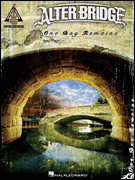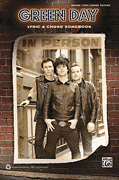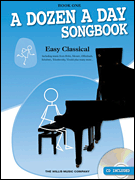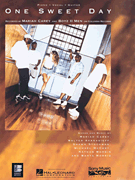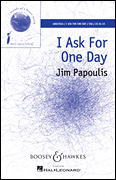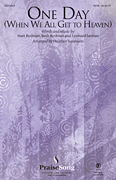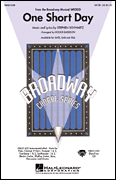Search Results for: “One Day”
Loading...
One Day More View 43 Products
One Short Day View 39 Products
One Fine Day View 35 Products
Better Is One Day View 34 Products
One Day I'll Fly Away View 31 Products
For Just One Day View 29 Products
One Day View 27 Products
Better Days View 24 Products
One Sweet Day View 20 Products
One Day At A Time View 17 Products
While Strolling Through The Park One Day View 15 Products
One Of These Days View 10 Products
One More Day View 9 Products
For One More Day Of Living View 7 Products
One Day (When We All Get To Heaven) View 6 Products
Un Bel Di One Fine Day Madama Butterfly Puccini, Giacomo View 5 Products
One Summer's Day View 4 Products
End Of The Day View 4 Products
Day One View 3 Products
Good Day View 3 Products
Four Seasons In One Day View 3 Products
Small Town Usa [day One] View 2 Products
One Day She's Here View 2 Products
I Ask For One Day View 1 Product



